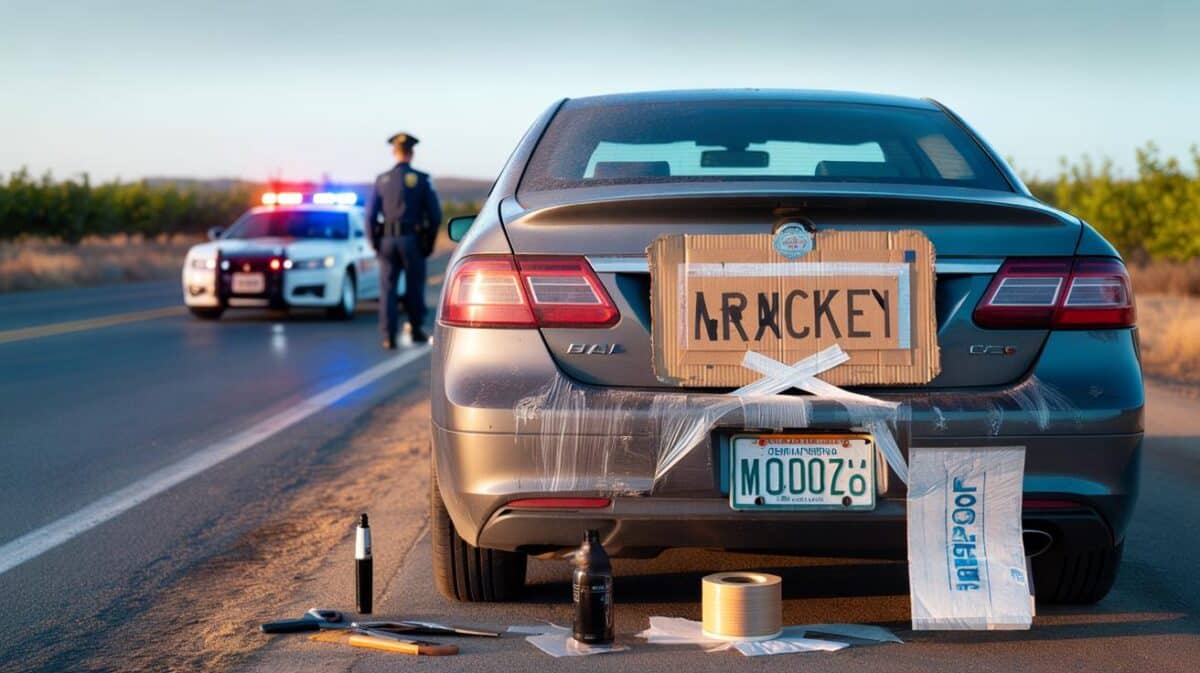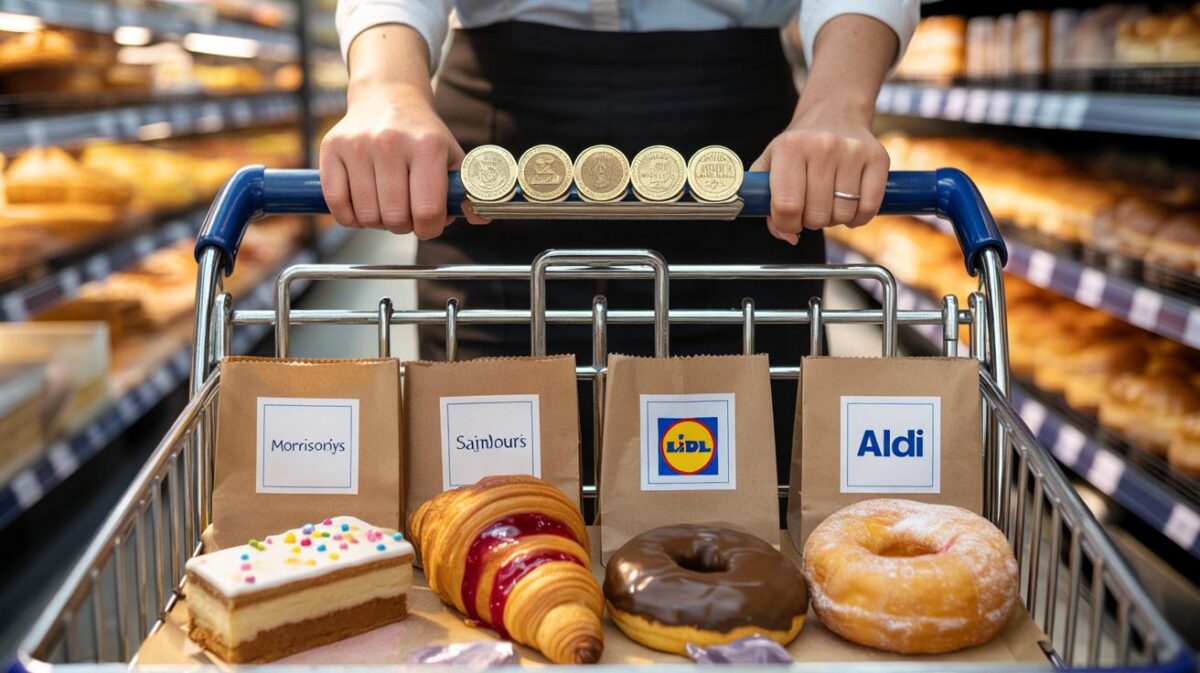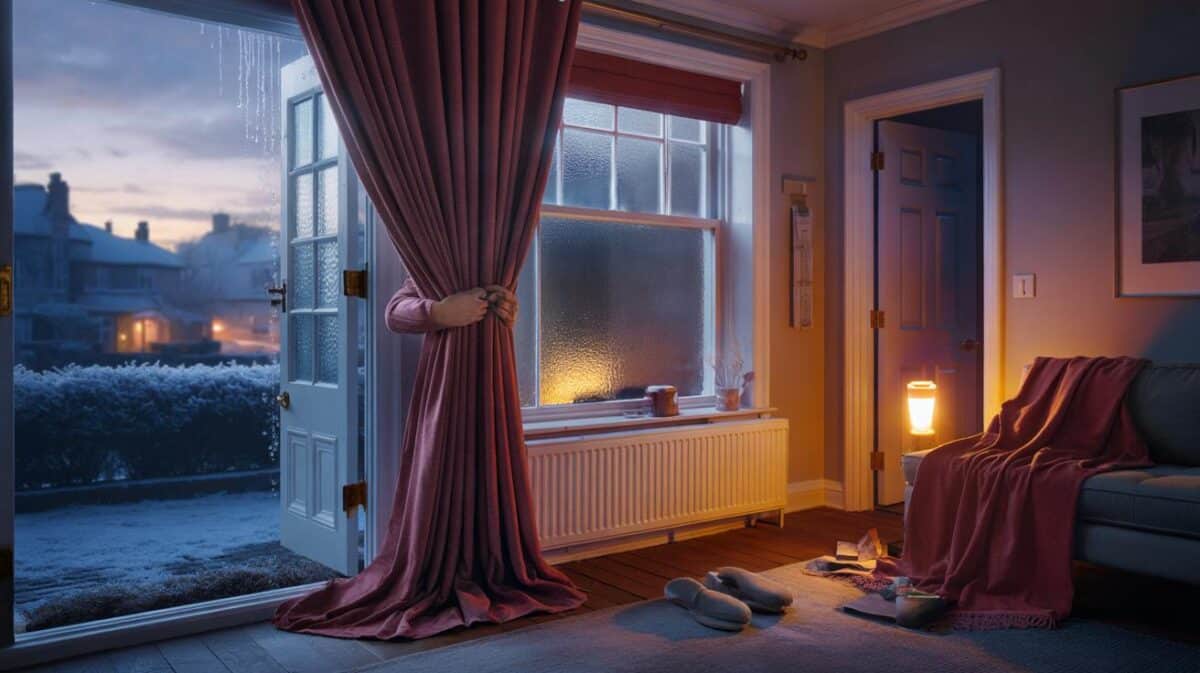From splashy Sunday roasts to midweek frying, airborne oil clings to cupboard doors and handles. Left alone, it attracts dust, dulls paint, and can even become a fire risk. Here’s a clear, time‑boxed plan to cut through the grime with four methods that work—and when to use each one.
Why grease sticks now
Cooler evenings keep windows shut, so vapours hang around. Steam carries microscopic fat droplets that settle on vertical surfaces, especially near the hob and kettle. Warm hands add more residue to handles. The longer it sits, the more it oxidises and hardens.
Turn the extractor on before the pan hits the heat, and let it run for 10 minutes after cooking to reduce build-up.
Quick kit checklist
- Washing-up liquid and warm water
- White vinegar
- Bicarbonate of soda
- Soft microfibre cloths and a non-scratch sponge
- Soft-bristle brush or old toothbrush
- Spray bottle
- Dry towel
- Nitrile gloves
- Optional: a gentle, non-caustic degreaser
Patch-test every method on a hidden edge. Avoid soaking timber; moisture can warp doors and lift veneer.
Method 1: washing-up liquid and warm water
Best for fresh splatters and daily upkeep. Surfactants in washing-up liquid break the bond between oil and the surface.
How to do it
- Mix 4–5 drops of washing-up liquid in 500 ml of warm water.
- Dip a microfibre cloth, wring until just damp, then wipe in small sections, working with the grain on real wood.
- Rinse the cloth, repeat on stubborn spots, then buff dry with a towel.
Do a handle-only pass after each cooking session. It takes under two minutes and stops grime from setting hard.
Method 2: vinegar and water
Good for light to moderate film. Mild acidity helps loosen oxidised oils on painted, laminate or melamine fronts.
How to do it
- Combine equal parts white vinegar and warm water in a spray bottle.
- Mist lightly over greasy panels. Avoid saturating gaps, edges and hinge recesses.
- Wait 2–3 minutes, wipe with a damp cloth, then dry immediately.
Avoid vinegar on natural stone splashbacks, waxed timber, or unfinished oak nearby; acidity can etch or dull those surfaces.
Method 3: bicarbonate of soda paste
Ideal for baked-on patches and finger-polished handles. Alkali lifts stubborn residue without harsh grit.
How to do it
- Stir 2 parts bicarbonate of soda with 1 part water to form a spreadable paste.
- Glide on with a cloth, leave for 3–5 minutes. Do not let it dry rock-hard.
- Agitate with a soft brush in circles, wipe clean with a damp cloth, then dry.
On high-gloss lacquer or acrylic fronts, use a very soft cloth and minimal pressure to avoid micro-scratches.
Method 4: shop-bought degreasers
Useful for heavy build-up or rental move-outs. Choose plant-based or non-caustic formulas for cabinet finishes.
How to do it
- Ventilate the kitchen and wear gloves.
- Apply to a discreet area first; check for colour change or tackiness after five minutes.
- Follow the dwell time on the label, wipe, then neutralise with a damp cloth and dry thoroughly.
When labels mention “caustic” or “oven-grade,” keep them away from varnish, water-based paint and thermofoil—these products can soften or cloud finishes.
Time and cost cheat sheet
| Method | Mix | Dwell time | Best for | Per-clean cost |
|---|---|---|---|---|
| Washing-up liquid + water | 4–5 drops in 500 ml | None | Fresh splatters, daily wipe | 2–4p |
| Vinegar solution | 1:1 with warm water | 2–3 minutes | Light film on paint/laminate | 5–8p |
| Bicarb paste | 2:1 bicarb to water | 3–5 minutes | Stuck-on grease, handles | 6–10p |
| Shop degreaser | As directed | 1–10 minutes | Heavy build-up | 12–40p |
Material-specific cautions
- Solid wood: keep water to a minimum, wipe with the grain, and dry promptly to prevent swelling.
- Painted cabinets: avoid abrasive pads; use microfibre. Water-based paints mark faster than oil-based.
- Laminate and melamine: tolerate mild acids and alkalis, but edges can swell if saturated.
- High-gloss acrylic: show swirls; only use ultra-soft cloths and gentle pressure.
- Thermofoil: heat from kettles and toasters can soften it; protect with a heat shield or relocate appliances.
A 12-minute weekly plan
Set a timer. In three-minute rounds, you can clear a family kitchen without drama:
- Minutes 1–3: handles and edges with washing-up liquid solution.
- Minutes 4–6: hob-adjacent doors with vinegar solution, then dry.
- Minutes 7–9: stubborn corners with bicarbonate paste, brush, wipe.
- Minutes 10–12: final buff and hinge wipe to stop creak-inducing residue.
Short, frequent sessions cost pennies and stop the hardened layer that steals hours later.
Prevention that saves money and time
Use the extractor on a medium setting throughout cooking, not only at the end. Keep filters free of fat; washable metal filters often need a hot-soapy soak each month. Place a splatter screen over frying pans. After roasting, crack the oven door only once the fan has cleared steam, so vapours go up the hood, not onto doors.
A protective topcoat helps. On bare or stained timber, a polyurethane or hardwax oil finish resists oils better than wax alone. Painted doors benefit from a compatible clear varnish in high-touch zones, applied in a thin, even layer.
Health and safety angles you should not ignore
Built-up grease can ignite if exposed to a flare-up on the hob. Wipe the underside of wall units above burners monthly. Keep tea towels off warm handles, as residue transfers and traps heat. Ventilate whenever you use aerosols and avoid mixing chemicals; vinegar and bleach together release dangerous fumes.
If you rent or plan to sell
Photograph cupboards before a deep clean, especially if you plan to use a degreaser, so you can spot any pre-existing finish issues. For lettings, a clean cabinet run can lift photos and viewings. If doors feel tacky even after cleaning, the original coating may be failing; a light sand and a new topcoat can solve the “always sticky” feel that puts buyers off.
Extra detail for the curious
Why these four methods? Washing-up liquid contains surfactants that surround oil and lift it away. Vinegar slightly loosens oxidised fats and mineral dust that make grease feel grimy. Bicarbonate’s mild alkalinity helps break fatty acids without harsh abrasives. Commercial degreasers combine stronger surfactants, solvents, or citrus terpenes for speed—handy, but they demand careful testing.
If you want to estimate the hidden cost of sticky cupboards, count longer hob heating to get pans clean, extra hot water, and wasted bottles from over-spraying. For a busy household, that easily nudges past a hundred pounds a year. A weekly 12‑minute routine, using pennies of product, keeps surfaces clean, finishes intact, and cooking safer.









£137 a year sounds… specific. How did you calc that? Is it based on extra hot water + longer hob heating + wasted sprays, or actual energy bills? Would love a quick breakdown so I can sanity‑check against my tiny flat.
Tried the 1:1 vinegar spritz on my painted cupboards and it cut the dull film in minutes. Drying straight away made the difference. Bookmarked—this is the first “quick clean” guide that doesn’t wreck paint. Definately using this weekly. Thanks!